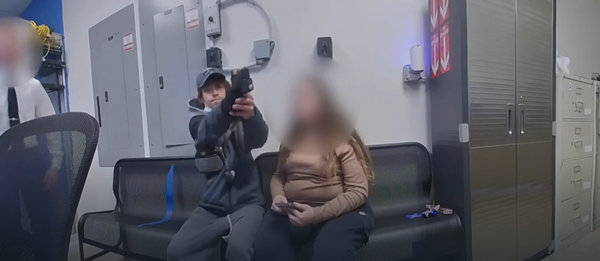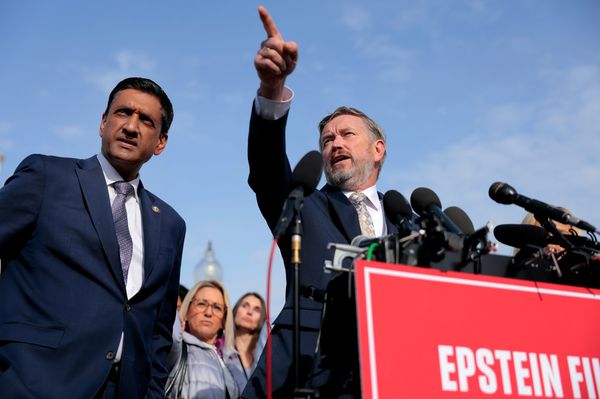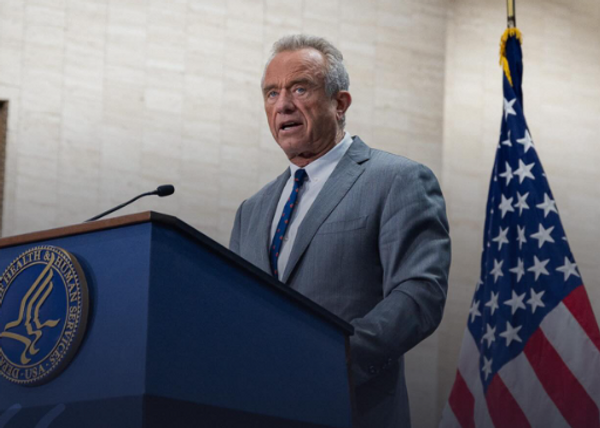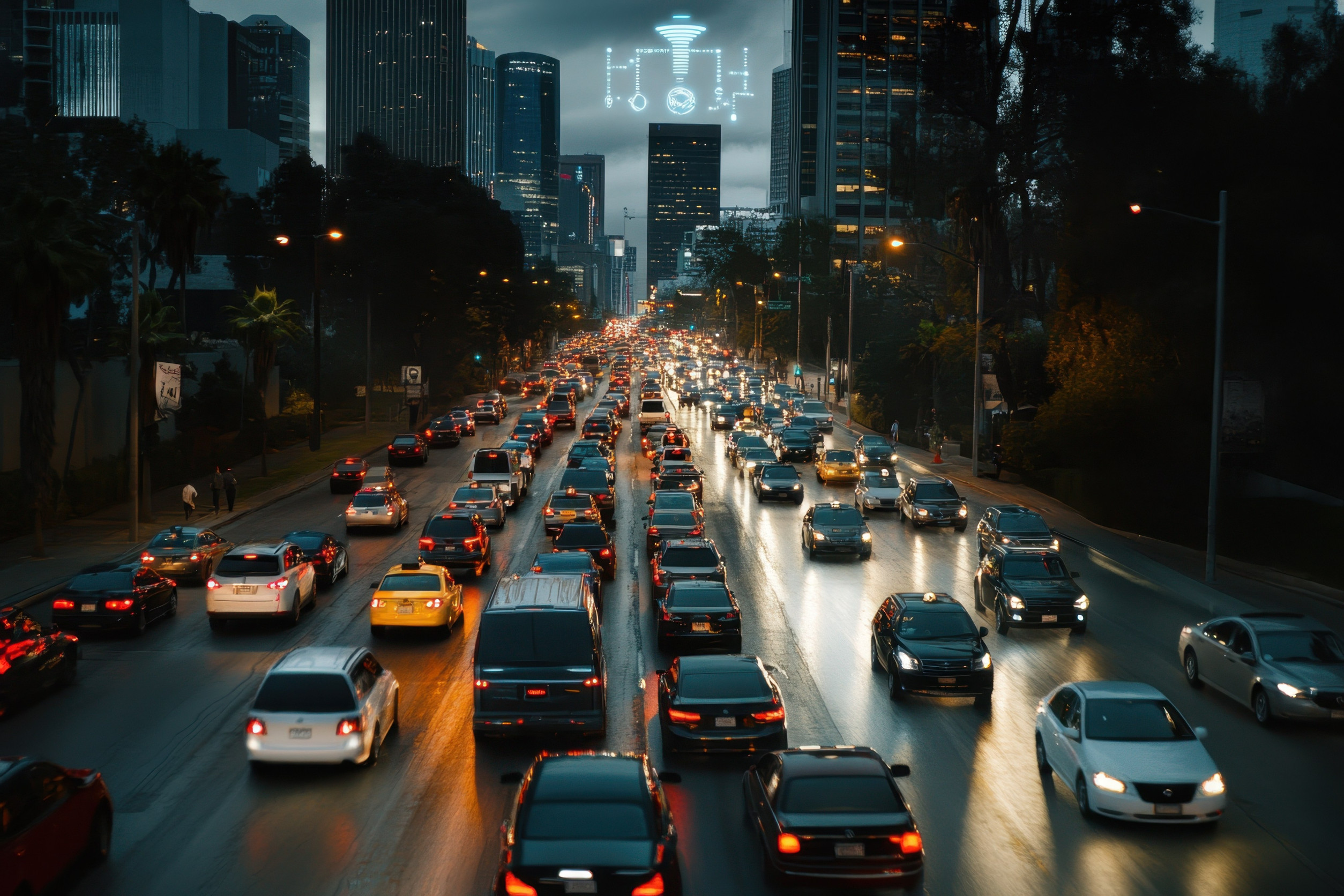
Bumper-to-bumper traffic is one of the most frustrating experiences of modern life. What should be a smooth, logical flow of vehicles becomes a sluggish mess, wasting fuel, time, and patience.
While many blame road design, rush hour, or even construction zones, there’s a more common—and more correct—culprit hiding in plain sight. The real problem isn’t the road or the volume of cars. It’s bad drivers who make the situation worse than it needs to be.
Poor Merging Etiquette Disrupts Traffic Flow
One of the most significant causes of traffic congestion is poor merging behavior. Instead of taking turns and utilizing both lanes up to the merge point—known as the zipper method—many drivers either block others or panic and merge too early. This causes uneven lane usage and slows down traffic in both lanes. Aggressive drivers who refuse to let others merge only create bottlenecks that ripple backward for miles. A single bad decision during a merge can spark a chain reaction of unnecessary slowdowns.
Inconsistent Speeds Create Phantom Traffic Jams
Drivers who can’t maintain a consistent speed become a rolling hazard to everyone behind them. Constant braking and accelerating send waves of disruption through traffic, known as phantom jams, which occur without any visible cause. These waves expand as they travel backward, turning what was once a free-flowing highway into a stop-and-go nightmare. A driver tapping the brakes unnecessarily can set off a chain reaction that persists for miles. When drivers fail to look ahead and anticipate traffic patterns, they contribute directly to gridlock.
Tailgating Leads to Overreactive Braking
Tailgating might feel like a way to push slower drivers out of the way, but it’s a recipe for disaster in traffic. When drivers follow too closely, they leave themselves almost no time to react to sudden stops. The result is excessive braking that echoes down the lane like a domino effect. Even if there’s no collision, the rhythm of traffic is disrupted, often causing a complete stop a few cars behind. This behavior exaggerates slowdowns and helps create the very bumper-to-bumper conditions drivers claim to hate.
Distracted Driving Slows Everyone Down
Every time a driver glances at their phone, adjusts the radio, or gets lost in thought, their reaction time suffers. In fast-moving or tightly packed traffic, even a second of distraction causes hesitation at green lights, slow lane changes, or late reactions to movement ahead. When thousands of drivers behave this way, the cumulative delay becomes significant. That hesitation, multiplied across lanes and miles, turns into sluggish traffic that feels impossible to escape. Attention isn’t just about avoiding accidents—it’s about maintaining the tempo of the road.
Blocking Intersections Causes Urban Gridlock
In city driving, one of the most common sins is blocking intersections when there’s no room to clear it. Impatient drivers inch forward anyway, trying to sneak through a yellow light or ride someone’s bumper, only to end up stuck in the middle. This blocks cross traffic and brings entire sections of a city to a standstill. Gridlock quickly spreads in all directions when intersections are jammed, creating chaos far beyond the initial mistake. Respecting intersection space is basic driving etiquette, and ignoring it makes traffic exponentially worse.
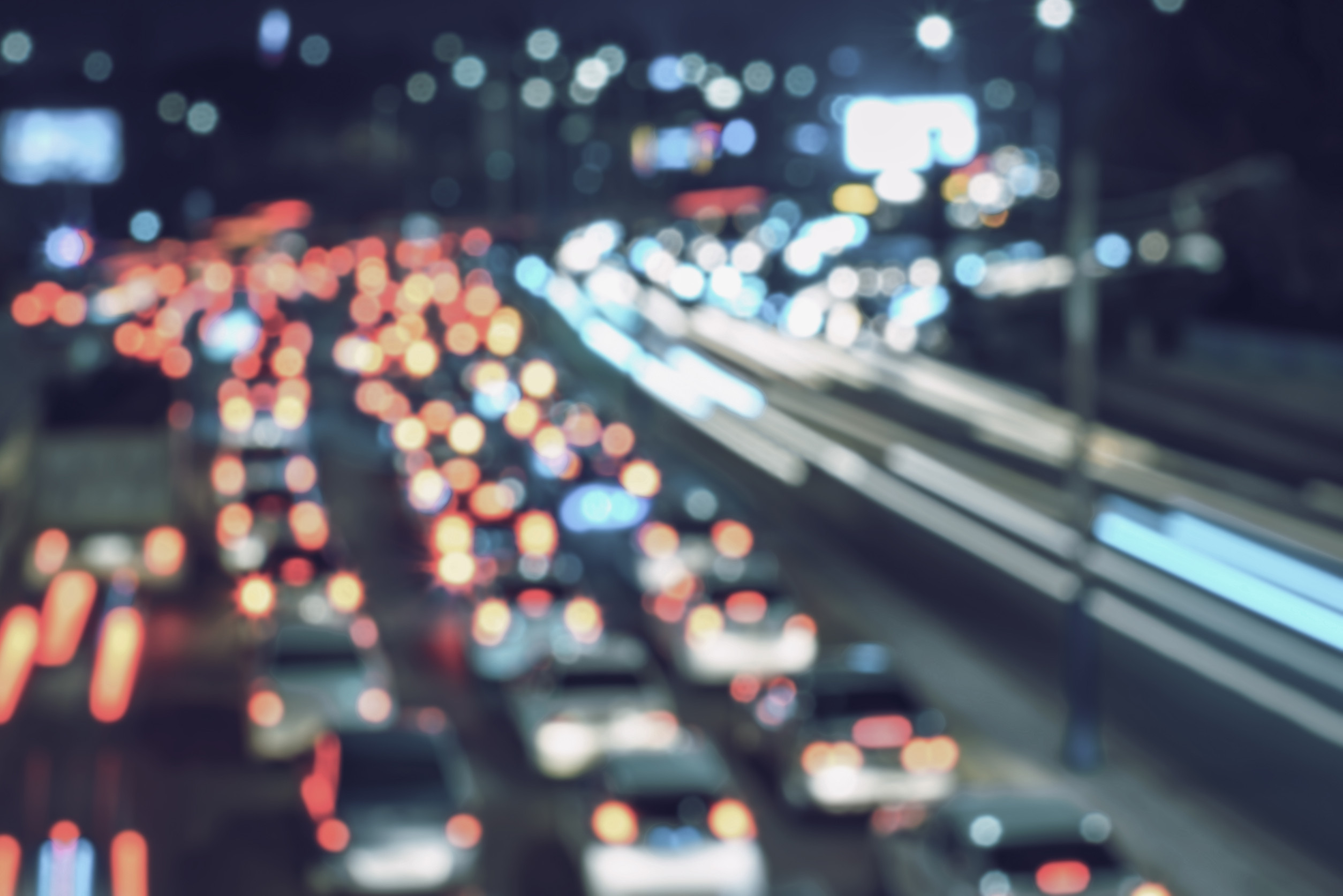
Unnecessary Lane Switching Causes Traffic Ripples
Frequent, impulsive lane changes might seem like a way to get ahead, but they often do more harm than good. Every time a driver cuts across lanes without signaling or judging the speed of surrounding vehicles, they force others to brake or adjust. That creates turbulence in the flow of traffic, causing slowdowns behind them. Over time, this behavior spreads frustration and hesitation, making even fast-moving highways behave like molasses. Staying in one lane, unless necessary, helps traffic run far more smoothly than weaving through it.
Failure to Use Turn Signals Contributes to Chaos
When drivers fail to use their turn signals, they rob others of the ability to prepare and respond intelligently. Signaling isn’t just a courtesy—it’s a crucial part of communicating intentions and maintaining fluidity. Without it, lane changes, merges, and turns become unpredictable events that cause confusion and hesitation. This confusion slows down traffic behind the signal-less driver as everyone tries to make sense of what’s happening. A simple flick of the wrist can prevent unnecessary slowdowns, yet so many ignore it entirely.
Bad Drivers Are the Hidden Traffic Jam
While it’s easy to point fingers at infrastructure, the weather, or city planning, the truth is that drivers themselves are often to blame. Every erratic brake, distracted swerve, and uncooperative merge adds friction to the system. Traffic doesn’t need millions of cars to become unbearable—it only takes a few poor decisions, repeated again and again. Driving is a collective effort, and when enough people make selfish or thoughtless choices, everyone pays the price. Want smoother commutes? It starts with better drivers.
What do you think? Have you seen bad driving cause unnecessary traffic? Why not share your thoughts or leave a comment below? Your experience might help others see the road a little differently.
Read More
10 Things You Should NEVER Do If Someone Cuts You Off In Traffic
Never Say These 7 Things To A Car Dealer Unless You Want A Bad Deal
The post 7 Reasons Bumper-to-Bumper Traffic Is The Fault Of Bad Drivers appeared first on Everybody Loves Your Money.

